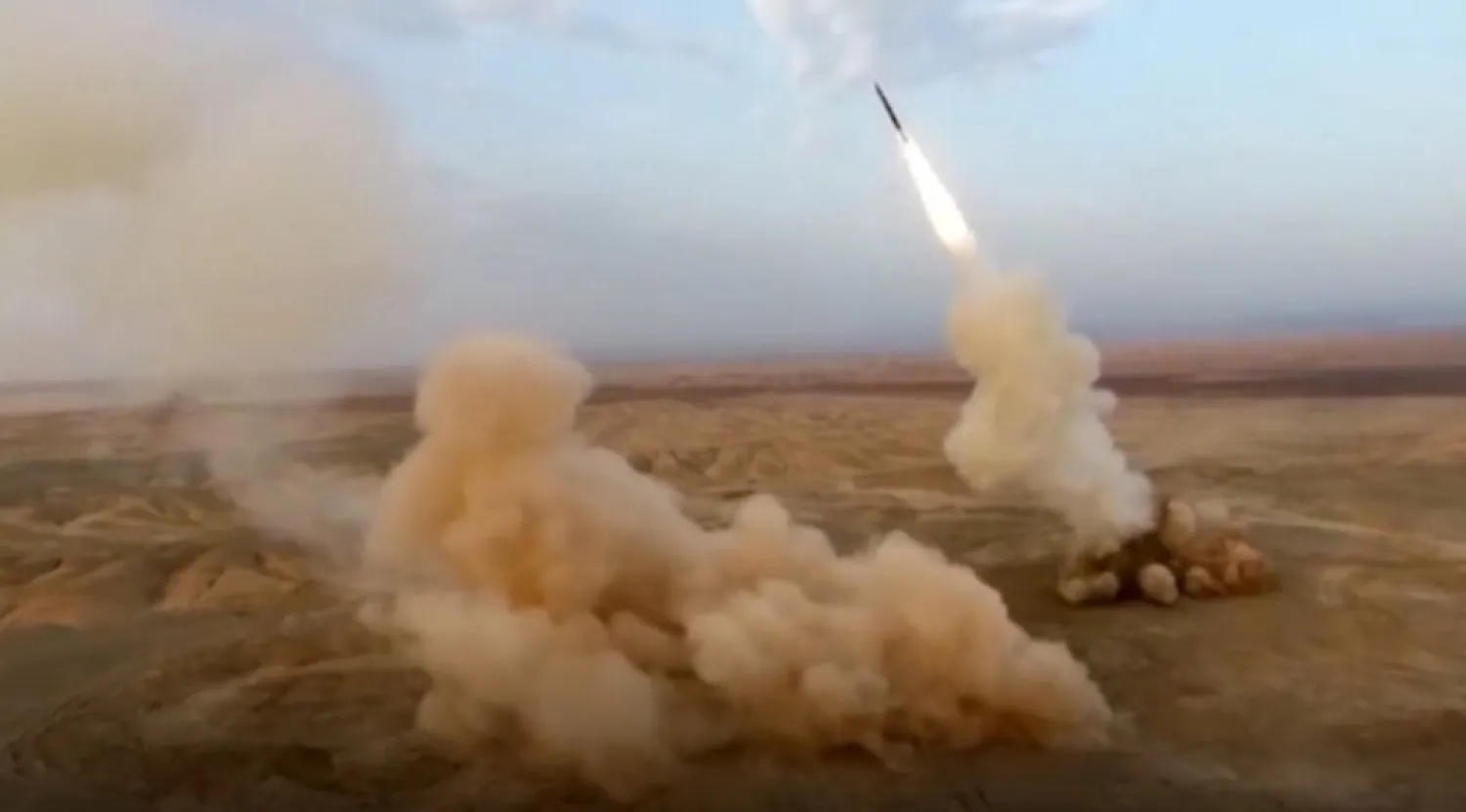Iran has launched mysterious “buried” missiles from underground, following days of increasing military tensions with the United States.
According to the British Express newspaper, the US military confirmed that ballistic missile fire detected resulted in American troops being put on alert at its regional bases.
US Army Central Command spokeswoman Major Beth Riordan affirmed that US troops sought cover during that time.
“The incident lasted for a matter of minutes and an all clear was declared after the threat had passed,” she added.
Iran has conducted a range of well-publicized military drills across two days amid heightened tensions with Washington.
Following the underground missile drill, the Iran’s Revolutionary Guard Corps (IRGC) announced it as “the first time in the world” that such an exercise had been carried out.
It hailed “the successful launch of ballistic missiles from the depths of the Earth in a completely camouflaged way” as an “important achievement that could pose serious challenges to enemy intelligence organizations.”
Iran is known to have invested heavily in vast underground bases hiding its ballistic missile arsenal.
During another drill, so many missiles were fired that the US military temporarily put two regional bases in the Middle East on alert.
The launches came a day after the Guard struck a mock-up of a US aircraft carrier with volleys of missiles along the Strait of Hormuz, a vital shipping lane responsible for moving one-fifth of global oil output.
The US Navy called the recent drills “irresponsible and reckless,” accusing Tehran of trying to “intimidate and coerce.”
Other drills saw the IRGC practice targeting US anti-missile defense systems.
During the exercises, Iran’s Supreme Leader Ali Khamenei said the US presence in the Middle East is a “detriment.”
He told Iranian troops that the US presence was “a cause for insecurity, destruction and backwardness of regional countries.”
Last week, Iran accused two US fighter jets of harassing an Iranian Beirut-bound passenger plane over Syria.







